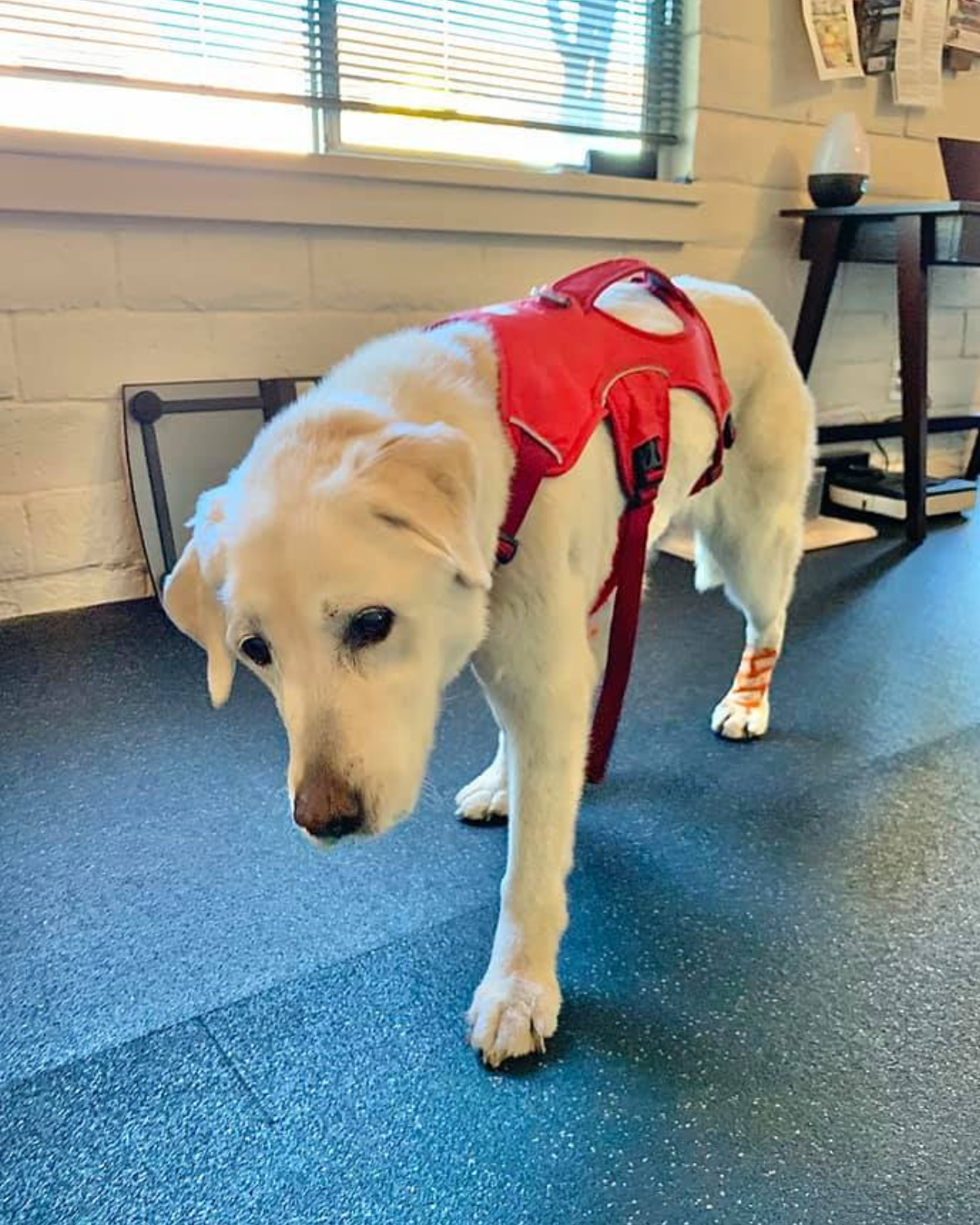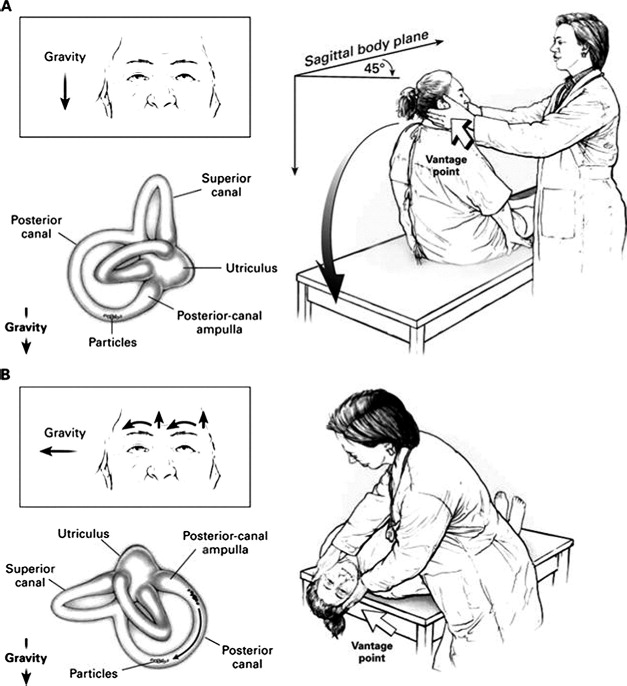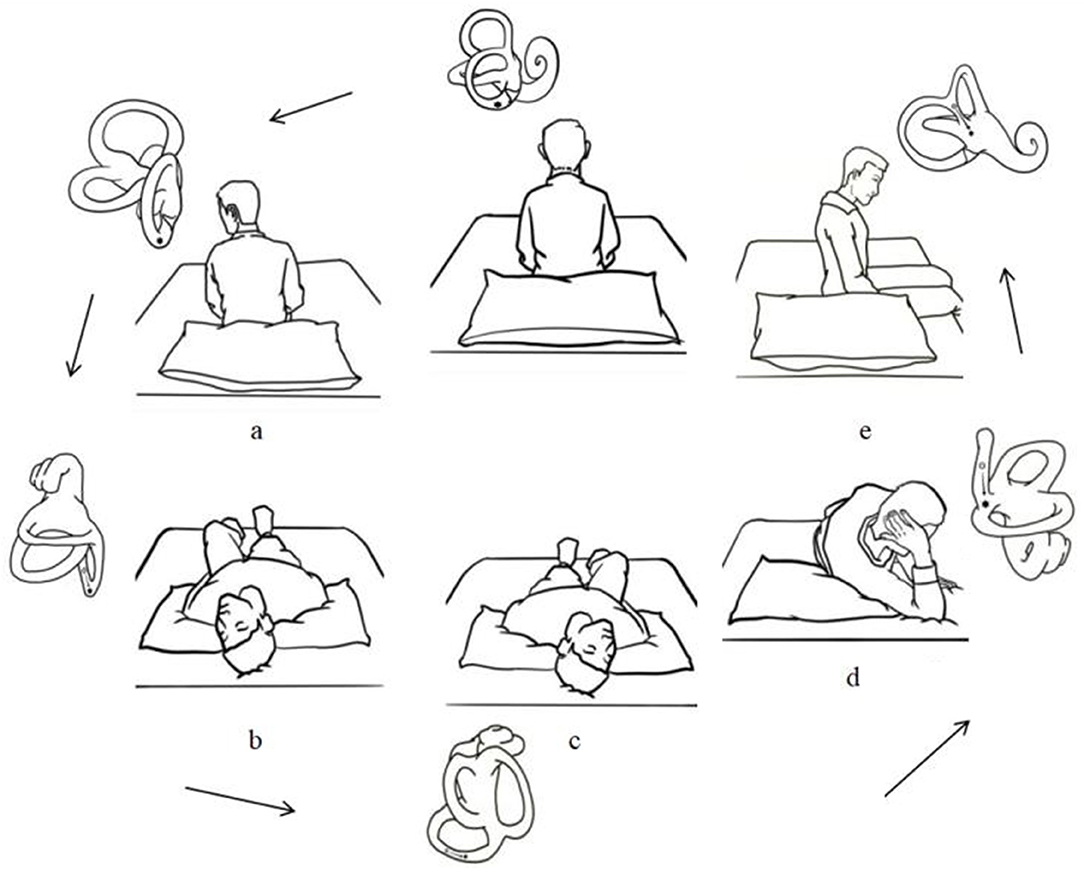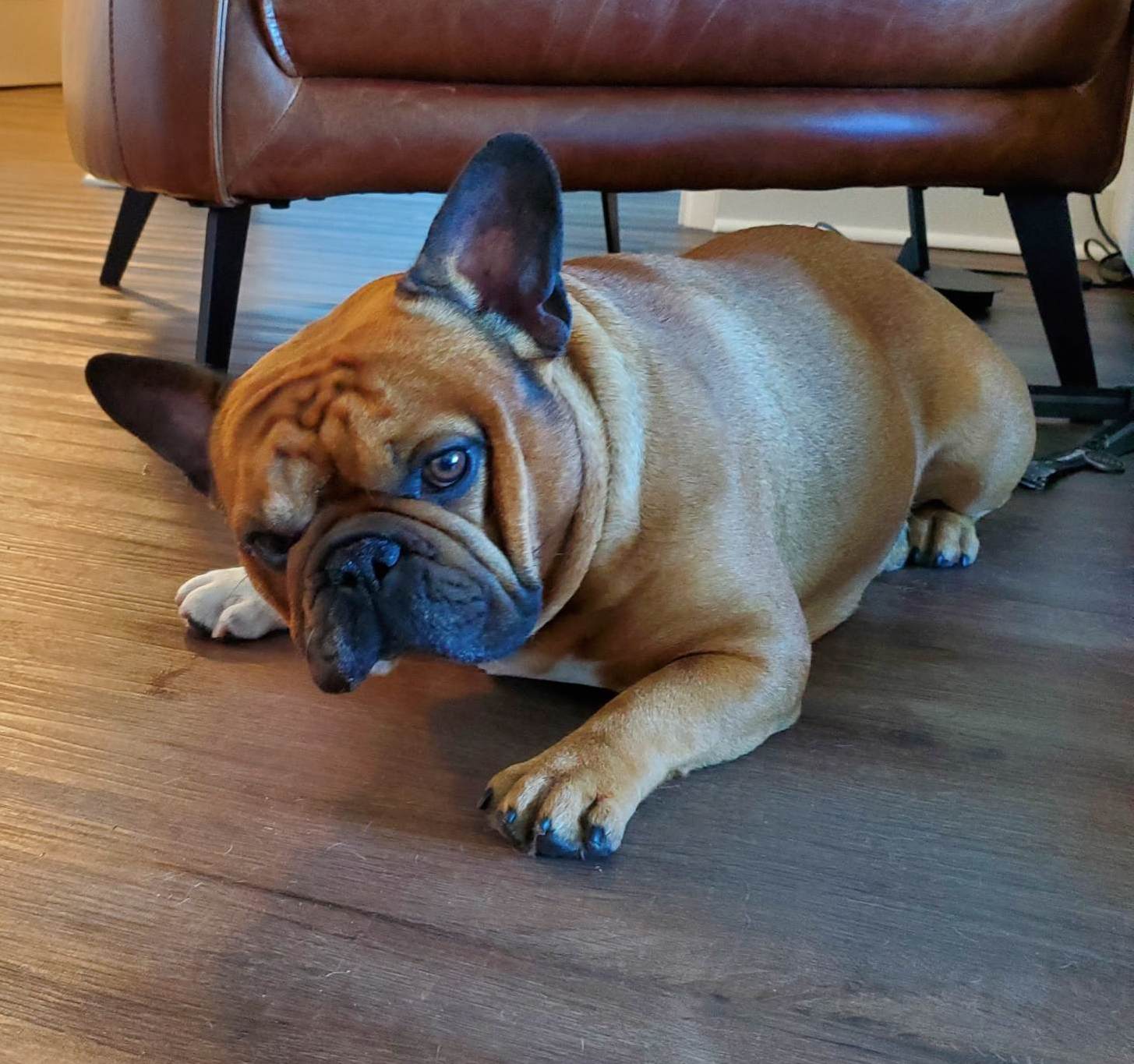One minute your older dog was fine, and the next they’re stumbling, can’t keep their balance, and their eyes are darting side to side. Many owners think “stroke!” when this happens. While that’s a scary thought, in dogs the more common explanation is geriatric idiopathic vestibular disease — sometimes called “old dog vestibular syndrome.”

Geriatric – affects older dogs
Idiopathic – no known cause
Vestibular disease – occurring in the vestibular system
Think your dog has “vertigo”? Here’s what you need to know, what to do if it happens, and when to see the vet.
I experienced this myself with my childhood dog and I don’t think I’ve ever been so scared. I remember hand feeding her kibble and the relief that she was eating again. She lived another 4 years after that episode. – Shauna
What is vestibular disease?
The vestibular system helps a dog to maintain balance. It senses the position and movements of the head, coordinates the movements of the eyes and orients the body in the world (e.g. knowing which way is up or down). When the vestibular system is not functioning properly, the brain has difficulty maintaining balance and controlling eye movements. Imagine being drunk and riding and merry-go-round at full speed then stepping off and trying to walk in a straight line…that’s what it feels like when the vestibular system has errors in it. These errors are what leads to symptoms and disease.
The vestibular system is located in the inner ear and is about the size of a pea. It’s small and mighty! It communicates with the brain through the vestibulocochlear nerve.
What does vestibular disease look like?
Symptoms tend to start very suddenly for no apparent reason. Common symptoms
- Unsteady walking – may tend to walk in a circle to one side, loose their balance or have difficult getting up from the ground
- Head tilt
- Nystagmus – rapid, jerky eye movements
- Nausea, vomiting and/or poor appetite
- Drooling
While symptoms can be very frightening to observe, know that this condition IS NOT PAINFUL. Your dog still knows who you are and most dogs are typically bright and alert. Take a look at the video below as an example of a dog with vestibular disease.
What causes vertigo in a dog?
In humans, a condition called Benign paroxysmal positional vertigo (or BPPV) is very similar to the signs and symptoms of canine vestibular disease. In BPPV, crystals within the inner ear become dislodged and interfere with the normal functioning of the vestibular system. Investigations in dogs have not been done to confirm a similar mechanism, however, it is believed by many practitioners that the disruption of the vestibular system is the same as the anatomy is strikingly similar between the two species.
Other possible causes of vertigo signs may include:
- Ear infections (middle or inner ear)
- Hypothyroidism
- Brain lesions (tumor, stroke, inflammation)
- Certain toxins or medications
It is important to visit the veterinarian when signs are seen so that more serious causes can be ruled out or treated appropriately.
Human physiotherapy techniques could help treat your dog.
Physiotherapists are taught basic vertigo assessment and treatment skills in their training. If you’ve experienced vertigo yourself you may have even had these maneuvers done on you.
The Dix-Hallpike maneuver helps therapists to distinguish which vestibular system (left or right) and what part of if is affected. The Epley maneuver can then be used to specifically address which part of the vestibular system has crystals that need to be moved. While it may sound impossible to utilize these techniques on a dog, many dogs are either so affected that they will allow it to be done or, they can be completed by using the owner as a helper.

Dix-Hallpike Maneuver

Epley Maneuver
Many sources will state that a head tilt may persist after resolution of other symptoms. This writer would argue that vestibular disease managed without rehabilitation may result in this but that a well-rounded treatment program that include rehabilitation could and would resolve a head tilt.
Rehabilitation can also help a dog improve it’s balance, strength and body awareness after an episode of vertigo and could also prepare an owner with the basics of the above described maneuvers to start management early after a subsequent bout of vestibular symptoms as many dogs can and do experience repeated episodes.

What is the role of my vet in treating vestibular disease?
As mentioned above, seeking a vet exam is important to rule out any more sinister cause of symptoms that needs medical management. There may be some medications that a vet can offer to reduce nausea. As well, dogs may become dehydrated if they have vomited and/or are not drinking water. This can quickly turn into an emergency situation for an older dog. Fluids administered by a veterinarian may be necessary.
True idiopathic vestibular disease tends to run it’s course and resolve with time, though treatment with a rehab professional can speed up recovery and help resolve any lingering issues like unsteady gait or a head tilt.
References:
Kent M, Platt SR, Schatzberg SJ. The neurology of balance: function and dysfunction of the vestibular system in dogs and cats. Vet J. 2010;185(3):247-258. doi:10.1016/j.tvjl.2009.10.029
Espino, Luciano, and Natalia Miño. “Common Neurologic Diseases in Geriatric Dogs.” Animals : an open access journal from MDPI vol. 14,12 1753. 10 Jun. 2024, doi:10.3390/ani14121753
Kraeling M. Proposed treatment for geriatric vestibular disease in dogs. Top Companion Anim Med. 2014;29(1):6-9. doi:10.1053/j.tcam.2014.04.004




